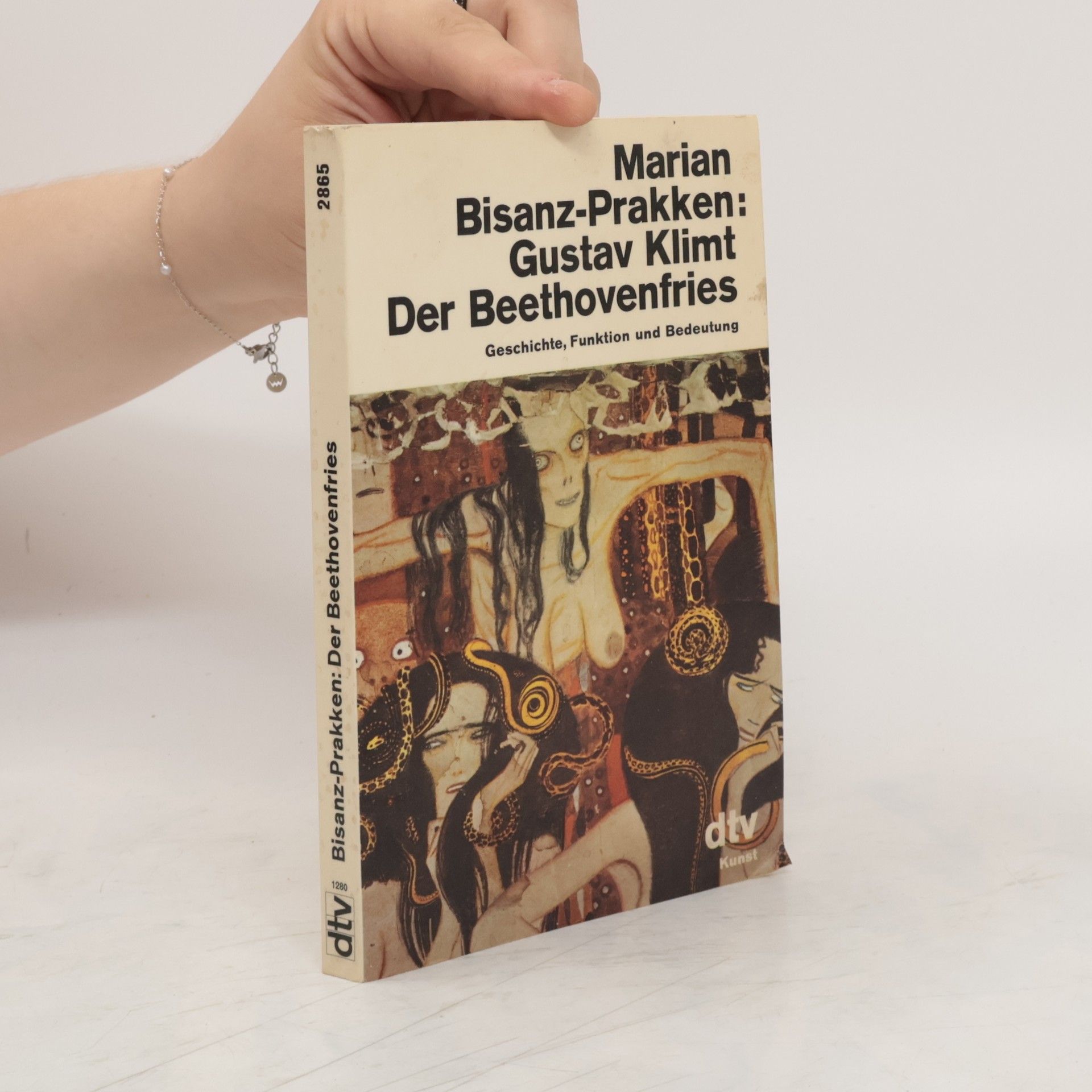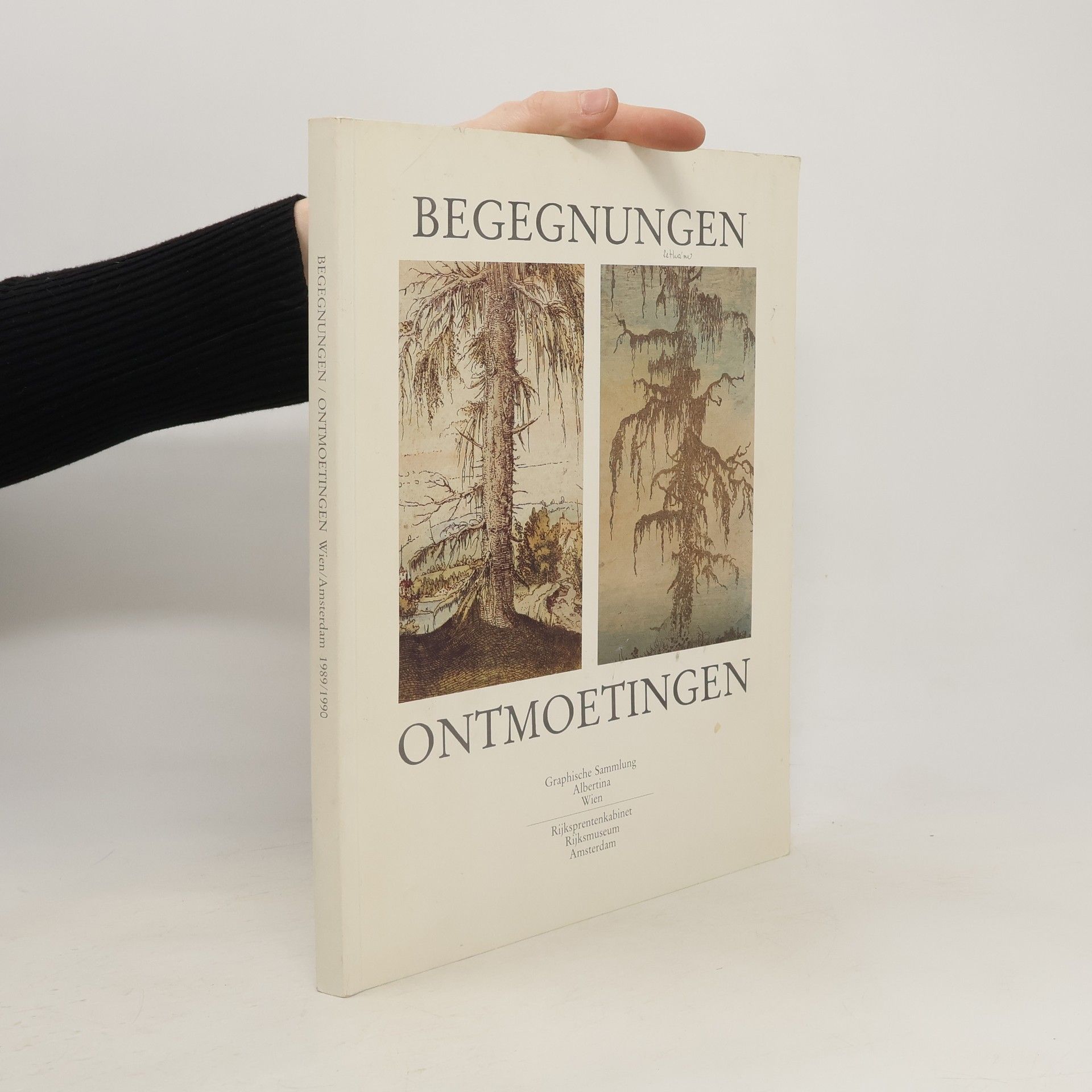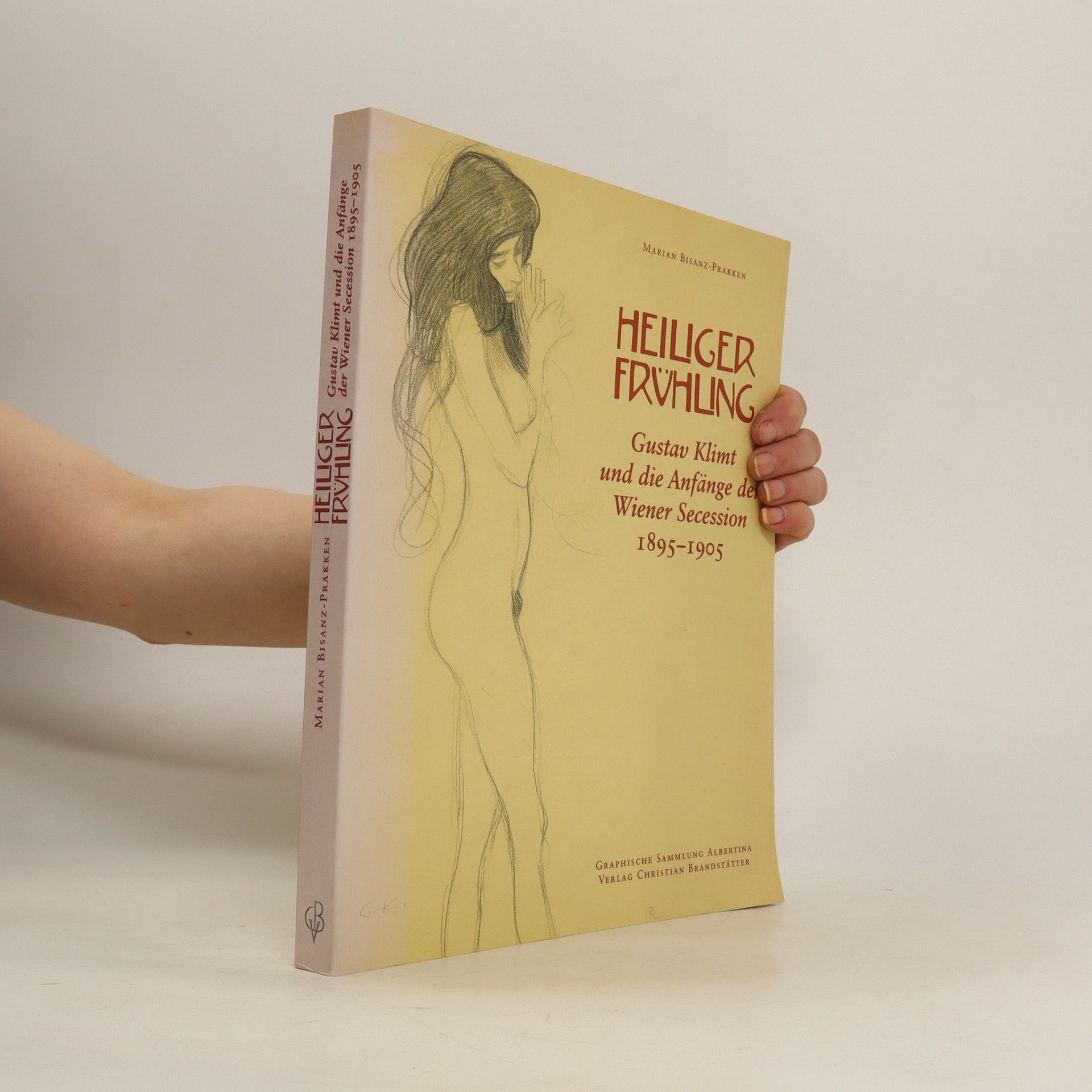Explores the rich artistic culture of the Northern Netherlands in the seventeenth century. The numerous types of Dutch art that dominated seventeenth century Holland are exploredlandscape, genre, still life, seascape, biblical and mythological subjectsas well as the societal and political context that encouraged such richness and diversity.
Marian Bisanz-Prakken Libri
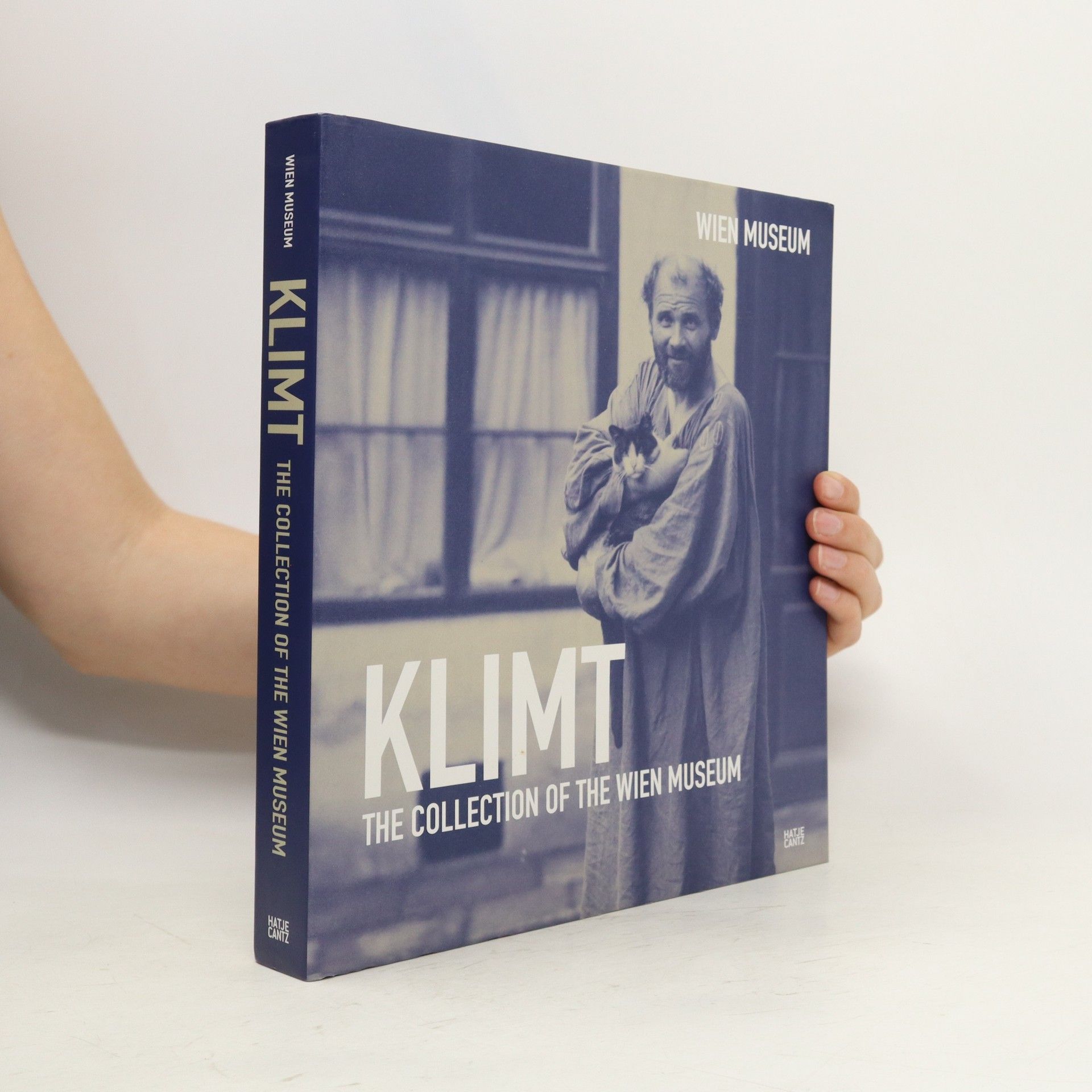

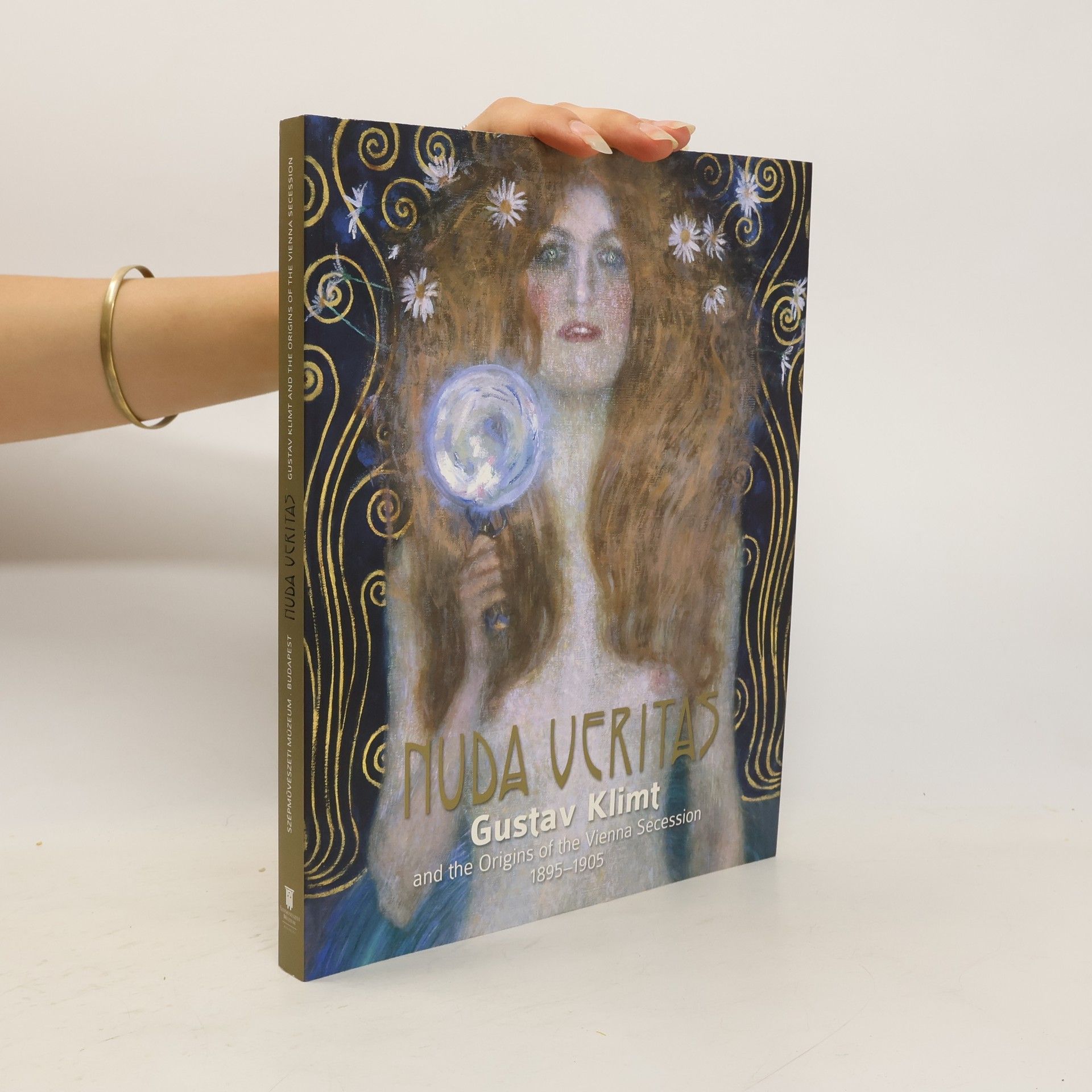



Bosch, Bruegel, Rubens, Rembrandt
- 335pagine
- 12 ore di lettura
"The Albertina owns one of the world's most important collections of Netherlandish drawings dating from the period 1430 to 1650, including outstanding individual specimens from the circles around Jan van Eyck, Petrus Christus, or Dirk Bouts. Works by Hieronymus Bosch and Pieter Brueghel the Elder form one of the first highlights of this select collection. The rest of the sixteenth century is exemplified by masterful drawings by artists such as Jan Gossaert, Maarten van Heemskerck, and Hendrick Goltzius. The focus of the collection, however, is Holland's "Golden Age," the seventeenth century, with important works by Rembrandt van Rijn and his school. The southern Netherlands, once dominated by the House of Hapsburg, is represented by the most famous Flemish masters of the age: Peter Paul Rubens, Anton van Dyck, and Jacob Jordaens."--Publisher's website.
Nuda Veritas
Gustav Klimt and the Origins of the Vienna Secession, 1895-1905
- 251pagine
- 9 ore di lettura
Klimt / Schiele
- 192pagine
- 7 ore di lettura
The intriguing, intimate and sometimes shocking drawings of Gustav Klimt and Egon Schiele are brought together in this beautiful volume.
Klimt
- 304pagine
- 11 ore di lettura
Celebrating the 150th birthday of Gustav Klimt: survey of a huge collection Imposing publication and inexhaustible treasure trove for every lover of art
Gustav Klimt - Beethovenfries, Zeichnungen
- 160pagine
- 6 ore di lettura
Unter dem Thema Sehnsucht nach Glück entwirft Gustav Klimt den berühmten Beethoven-Fries. Er setzt in diesem Beethovens 9. Symphonie in eine gewaltige Bildsprache um: Blattgold, Halbedelsteine und Perlmutter schmücken die 2,50 m hohe Bilderfolge genauso wie damals ungewohnte prosaische Applikationen aus Gardinenringen, Polsternägeln und Spiegelscherben. Schwebende lineare Frauenfiguren als Verkörperung der Sehnsüchte führen den Betrachter als Genien durch die lange Wandabfolge des Beethoven-Frieses. In einem faszinierenden Geflecht aus Fabeln, Figuren und Formen erzählt er in dem gewaltigen Zyklus vom Leiden der Menschheit und vom Sieg der Künste und der Liebe. Klimt beendet seinen Fries in der Darstellung 'Diesen Kuss der ganzen Welt' als Ausdruck Schillers 'Ode an die Freude'. Das Katalog-Buch erlaubt die Detailsicht auf den Fries und verweist auf die zeichnerischen Vorlagen. In diesen besonders sensiblen Aktdarstellungen, die den unmittelbaren Zugang zu seinem Werk erlauben, huldigt er der Frau als laszive Verführerin, Femme fatale, Schwangere oder Unnahbare. Die Erotik und Eleganz, die das Fin de Siècle prägen, sind diesen Darstellungen eigen.

